Bowers & Wilkins 804 D4 Floorstanding Loudspeakers Review
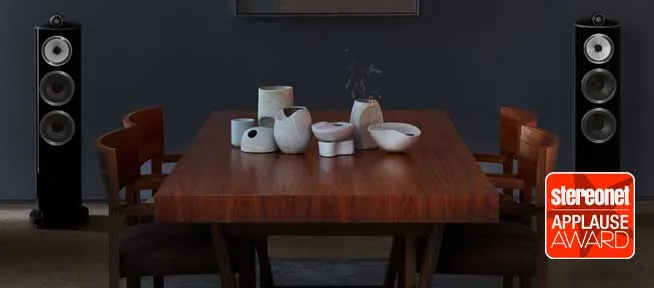
David Price is most impressed by the latest incarnation of this iconic high-end floorstander…
Bowers & Wilkins
804 D4 Floorstanding Loudspeakers
£9,500 RRP
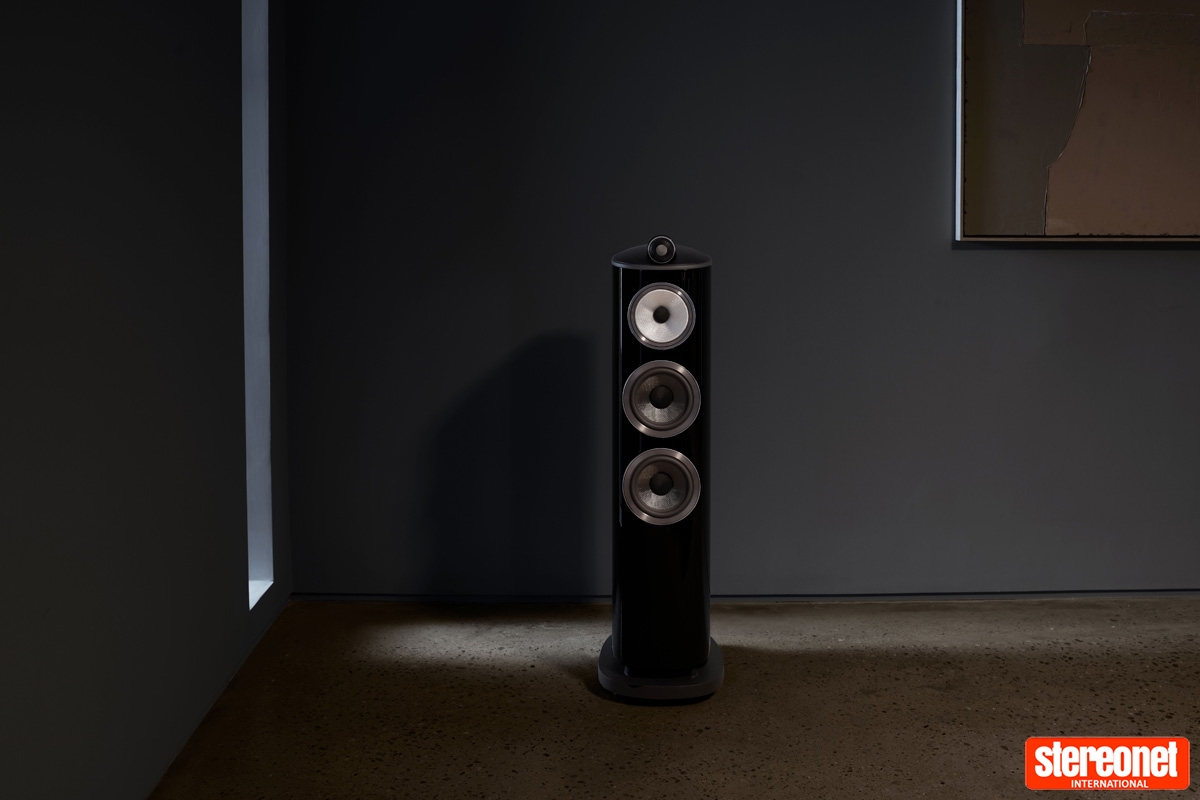
"Meet the new boss, same as the old boss?" No, not quite. It's true that lower down in B&W's vast hi-fi loudspeaker range, some new models over the years have been gentle reworkings of existing designs – usefully updated, of course, but not dramatically reimagined. With the company's flagship 800 Series, however, that's just not possible. When a new range comes out, you know it's going to be extensively redesigned. Each model is almost completely different internally to its predecessor but with similar 'continuity' styling and price points – and so it is for the new 800 Series D4.
Traditionally the range-topping models are extraordinary and commensurately expensive. Then comes the 804, which has always been the least expensive floorstander in B&W's flagship range, while the 805 standmounter is the cheapest in the series outright. In the past, some cynics have said that the 804 was there to make up the numbers. It has not quite had the sex appeal of the larger designs with their 'turbine head' midrange sections, appearing closer to an overgrown 805 than an 803 that's shrunk in the wash. But as this review will show, I think that in its latest D4 guise, it has a great deal to offer in its own right.
Having heard and/or reviewed many of the models in most previous generations of the B&W 800 Series, I've always been most interested in the 801 and 802. Yet there's something about the new 804 D4 that I reckon many people will really appreciate. It's a reasonably compact floorstander that is actually excellent in its own right and needs no excuses made. Indeed, this time around, I think the company has hit something of a sweet spot. This is all the more the case when you consider its price, which is high but still a long way from the flagship designs.
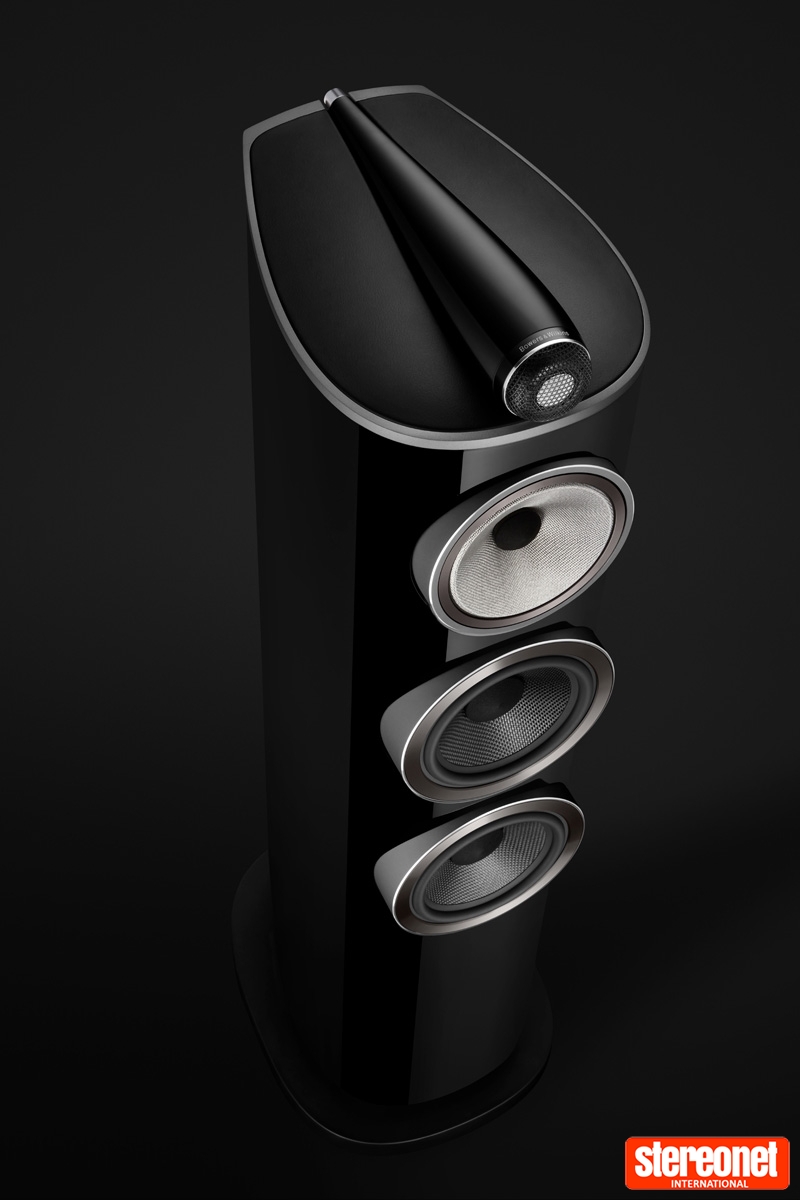
REELING IN THE YEARS
Before we dig deeper into the 804 D4, let's quickly rewind to the very first B&W 801, launched in 1979. This established the 800 Series, a world-class, high-end loudspeaker, and it duly found its way into serious recording studios, including EMI's Abbey Road. It was upgraded in 1987 to Matrix specification, introducing new cabinet bracing. The 804 Matrix – the smallest floorstander in that range – featured an aluminium dome tweeter, Kevlar coned midrange driver and a single Cobex coned woofer. At the time, it seemed futuristic stuff, but compared to the new D4 version, it's practically Paleolithic.
In 1998 the (then) new Nautilus 804 got a new Nautilus tube-loaded aluminium tweeter, with an FST Kevlar midrange driver and dual paper/Kevlar woofers in a new curvy cabinet. The following 804S introduced B&W's upgraded Rohacell bass cones. Then came a big leap with the 804 Diamond in 2005, which got a new diamond-deposited tweeter dome and sounded all the better for it. 2010's 804 D2 was the last generation to use the old aramid fibre ('Kevlar') midrange cones, first seen in B&W speakers in 1974. In 2015 the D3 arrived, complete with new Continuum cones that the company had been developing since 2007.
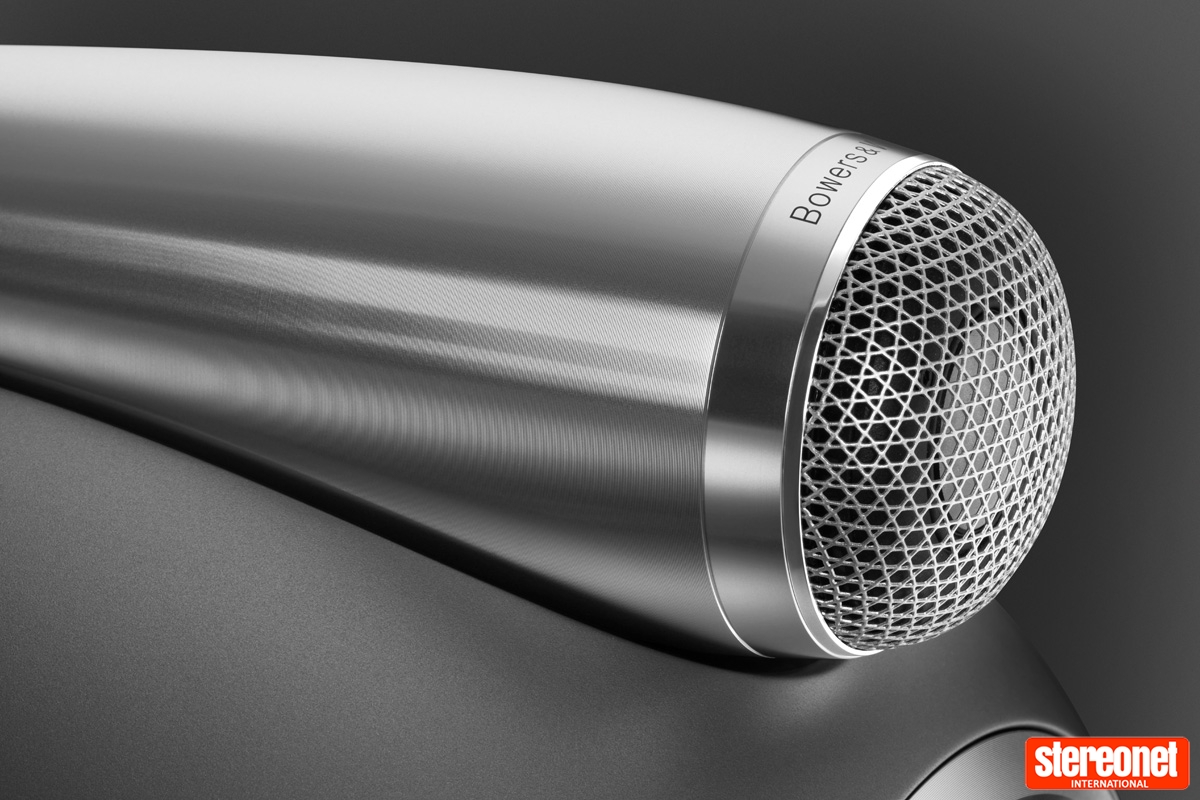
Now it's time for the new 804 D4, in development for over five years from a team of over thirty design engineers. B&W spokesperson, Andy Kerr, told me:
Our intent was to focus on improved resolution, reductions in the audible contribution from the cabinet and the acoustic form and overall a more believable musical illusion than before.
Designed for "people who love music, pure and simple", the new 800 D4 Series is made in B&W's UK factory in Dale Road, Worthing. "The factory had a significant investment and upgrade for the arrival of the new range", he says.
Whereas the previous 804 D3 and 805 D3 were flat fronted with a curved rear, the 804 D4 has a continuous curve with a rear spine made of aluminium; effectively, it is back-to-front. This is called B&W's reverse wrap cabinet and was pioneered on the higher end D3 floorstanders several years back. It's designed to minimise resonance thanks to its stiffer and more inert structure. Interior reflections are said to be decreased, and the curved front makes for less baffling around the drive units. Inside, the company's Matrix bracing system is used, but now with 18mm plywood. The cabinet is made from twelve layers of pressed and glued beech wood.
The rear aluminium spine is a thing of beauty, giving the speaker an unusually attractive appearance from the rear, but it isn't the only metal to appear in the cabinet. The top plate is also made of this material, which B&W says confers greater stiffness and lower resonance. This is trimmed in Connolly leather, in either black or light grey for dark and light finished cabinets, respectively. A choice of gloss black or gloss white and satin rosenut and satin walnut finishes are offered. All this makes for a clean, modern and expensive looking loudspeaker.
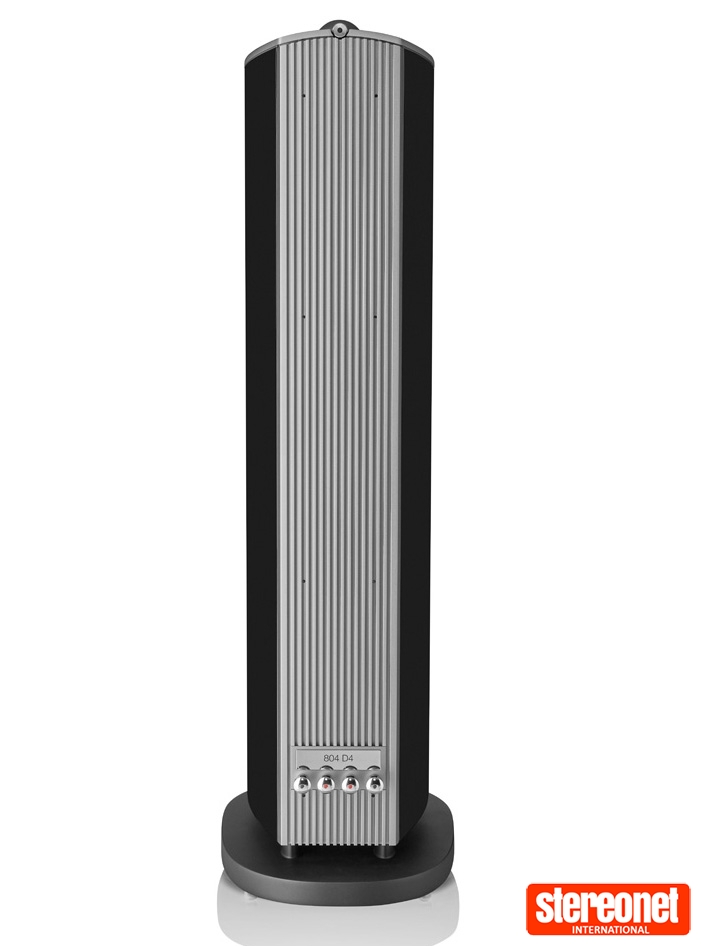
The 804 D4 is a 3-way design with four drive units. These comprise, from the top, a single 25mm diamond tweeter, one 130mm Continuum cone midrange driver and twin 165mm Aerofoil cone bass units. The high-frequency unit is largely the same as the D3 but with an improved, longer 'Tweeter-On-Top' housing; this has a new two-point locating mechanism and is now almost 30cm long. The driver itself gets a redesigned magnet assembly.
The midrange driver gets a new decoupling for the assembly, an updated motor system with double copper for lower inductance and an entirely new drive unit suspension system that replaces the conventional fabric spider. "We call it the Biomimetic Suspension and it is 80dB quieter than a conventional spider at 1kHz", says Andy Kerr. The bass units now have foam anti-resonance plugs at the centre of their Aerofoil cones for cleaner bass delivery and are ported to the atmosphere downwards rather than forwards. The crossover assembly is fixed to the aluminium spine at the rear and sports revised components – including fancy Mundorf MCap 47s, MCap Supremes and MCap Evo Silver Gold Oils. It divides up the signal at 350Hz and 3.5kHz.
The result is a modern floorstander that measures a modest 1,071x306x391mm and weighs a not inconsiderable 36.9kg. B&W claims a frequency response of 24Hz to 28kHz +/-3dB and a sensitivity of 89dB. Power handling is put at 50 to 200W, and the speaker's nominal impedance is said to be 8 ohms. The minimum impedance is 3 ohms, dropping down to this at 130Hz. This is all most satisfactory, as you'd expect from B&W; it shouldn't be hard work for any decent power amplifier. The 804 D4 also proved surprisingly easy to position; it was happy working fairly close to my rear boundary wall, likely due to its new down-firing bass reflex port.
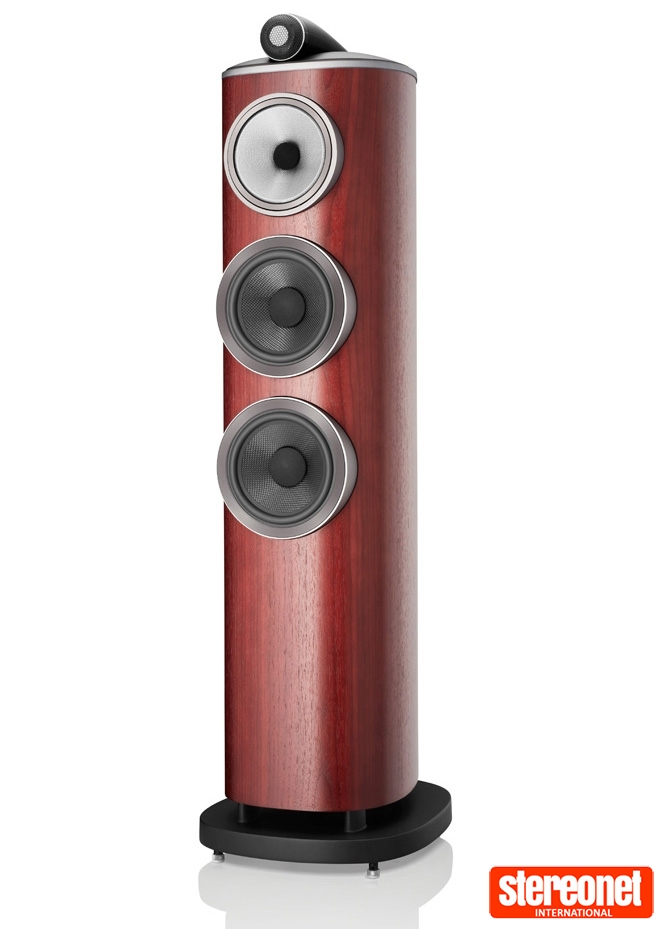
THE LISTENING
I liken this loudspeaker to a high-end compact sports utility vehicle, a car that does everything very well but nothing quite perfectly. It's a product of great ability in a compact package at a premium price. It's not the best thing in the world, by a fair way, but there's no denying its sheer quality.
As you would expect, it has B&W's trademark clean, open, crisp and detailed sound. Although the bass is limited in power and extension in absolute terms, it is still prodigious for the size of the cabinet. And more importantly, perhaps, the 804 D4's low-frequency performance is noticeably more tuneful and engaging than previous iterations of this speaker. Moving up to the midband, and again we see an improvement over 804s of yore; it's both more detailed and more lithe and vibrant sounding. Treble is better than ever, being clear and explicit without ever getting harsh; it also seems better focused and airy.
These are all big wins over this speaker's already highly capable predecessor, which I still freshly remember reviewing. Yet, for me, the most satisfying improvement is in the 804 D4's ability to capture the music's natural timing and dynamic articulation. I think this new model is way better here and confers upon it a more youthful, happy-go-lucky nature than the older D3. So the tweaks aren't just about making the speaker sound more impressive in hi-fi terms; they also pay off in overall listenability.
The upshot is a seriously capable performer at its price that's a great listen across the board. It still has a distinctively crisp B&W way of going about its business, but that will endear it to a wide cross-section of audiophiles who can't be dealing with the problems of electrostatics (lack of bass weight, limited power handling, tendency to compress at high volumes, and room matching issues) and other such weird and wonderful, unconventional designs. Make no mistake; this is an unashamedly mainstream high-end floorstander.
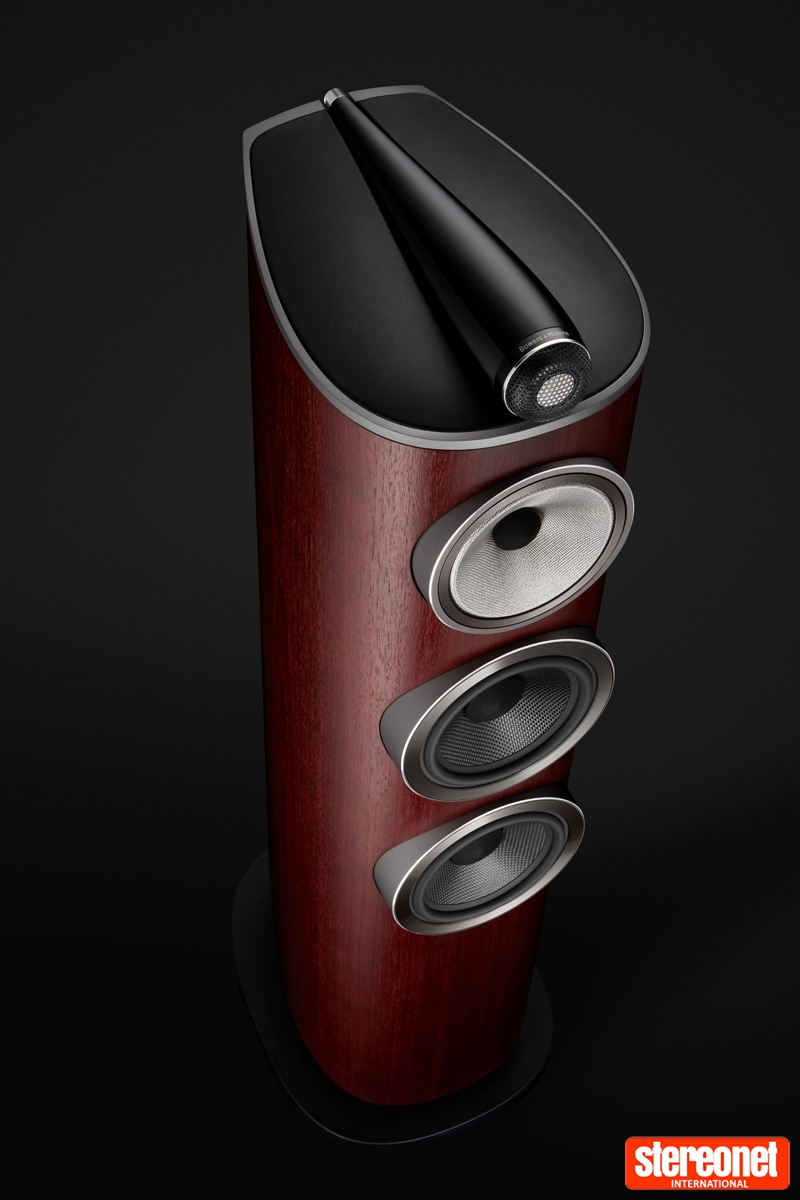
Cue up Rush's The Camera Eye, for example, and the first thing that strikes you is the 804 D4's overall tonal balance and clarity. This epic slice of classic rock comes across in a highly coherent way, with no sense that the speaker is zooming in on one part of the frequency spectrum. In absolute terms, I would say that there's a very slight tilt upwards in the upper midband and treble, but in no way would you say it is harsh or forward. Indeed it's a pleasing effect, as it illuminates any recording nicely – few instruments in the mix are left lurking in the shadows.
This digitally recorded classic rock track sounds tight, taut and dry, and the 804 D4 carried it just right. There was no sense of bass boom, low-frequency overhang or slurring, and the midband proved clean and open with lots of detail. It was easily possible to follow each strand of this famously dense mix and hear each instrument or vocal track do its stuff with ease. This is the sort of clarity that you only get with truly top-flight speakers, although it's important to point out that it's still a good way behind B&W's 801 and 802s in this respect. The 804 D4 remains the junior floorstander of the range, and you get even more focus and resolution as you go higher.
Treble is excellent. It's not quite the best I've heard, but this latest evolution of the diamond dome doesn't need to ask you to make excuses. I've heard various speakers with an even better, sweeter, smoother, more insightful and more delicate high-frequency response – invariably non-dome designs, of course, like that of the Fink Team KIM – but still, this B&W tweeter doesn't stand out as poor. Quite the opposite, as it did a lovely job with drummer Neil Peart's firecracker snare drum and hi-hat cymbal work; it was captivating to behold. There was plenty of delicacy, yet lots of bite too – and a fine sense of atmosphere.
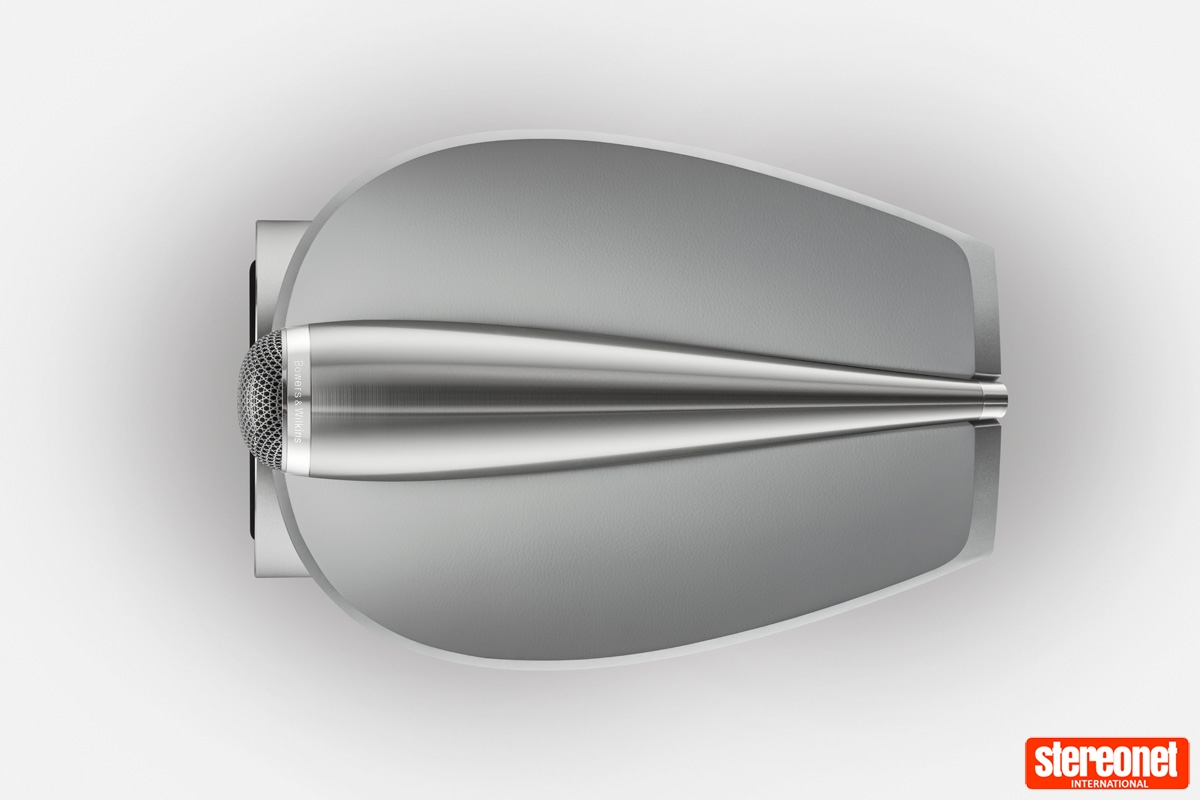
The overall effect was of a beautifully integrated speaker from low in the bass to high in the treble, with no booms, honks or stings across the frequency range. Although four drive units are involved in delivering the goods, you'd never know. The 804 D4 doesn't quite give a Magneplanar-style point source, but it images better than any box loudspeaker has a right to. It's one of the few such conventional designs I've had in my listening room where you can sit to either side of both speakers and properly discern what both channels are up to. Again, it's not quite on the holographic level of the German Physiks HRS-130 I recently reviewed, for example, but it does very well indeed for a conventional design. It also proved great at image precision, casting elements in the mix of 4hero's Give In very accurately. This modern soul/R&B track sounded wonderfully expansive.
So it's a well balanced and detailed sounding loudspeaker that images well. What's new about that in a B&W 800 Series, you ask? The difference is that the new 804 D4 does two things much better than the previous D3. This new model has a 'get up and go' that I didn't hear in its predecessor. Continuing that car analogy, it's like the engineers have turned up the turbo boost. The result is a more dynamic sounding speaker that's more musically expressive than before. It has a restlessness to the way it makes music that's new to this sector of B&W's range; no longer do we need to damn it with faint praise by talking in terms of how revealing and detailed the speaker is, neglecting to mention that it just sounds a bit too 'hi-fi'.
Cue up any reasonably well-recorded piece of music, and this speaker really goes for it. Rather than relaxing by the pool and watching others splash around, it jumps in with heady abandon and has a good time. I found myself on the edge of my seat playing Gangsters by The Specials. This is a masterful classic 2-Tone ska track and is infectious whenever I have seen the band play it live – the joint just starts jumping. The 804 D4 got the memo and was soon blasting the track out with a huge smile on its face, metaphorically speaking. It sounded super tight and controlled yet had a combination of rhythmic precision and dynamic articulation I just hadn't expected.
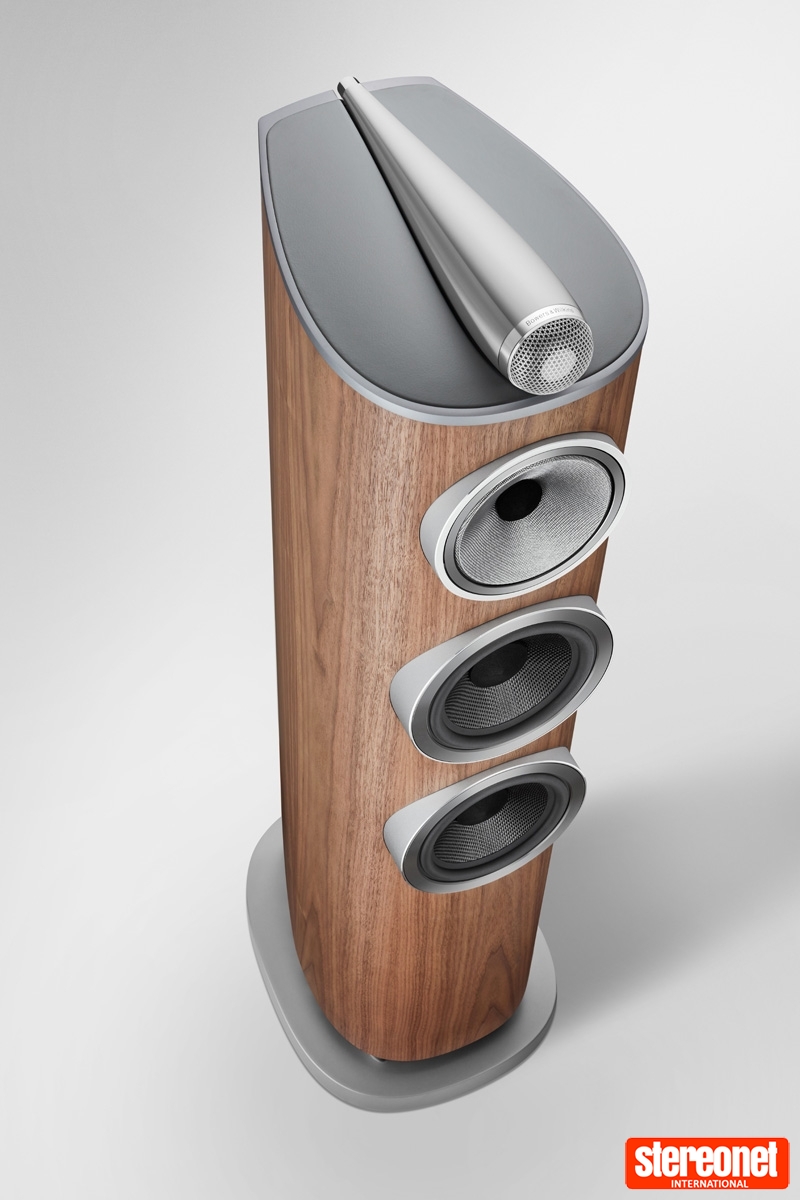
The result was tremendous fun; here was the sound of a brilliant young band close to its peak in 1980, bashing out a song it had gigged week after week, month after month, for years. The rhythmic syncopation between the drummer, rhythm guitar, bass guitar and vocals was a pleasure to hear; the band sounded so tight yet strangely relaxed in one another's company, creating a groove you simply couldn't replicate with a drum machine. This B&W also proved surprisingly expressive in dynamic terms, expertly capturing the difference between a softly-struck percussive snare drum hit and a hard-struck snare or rim shot. It didn't just pick out drums in this way, though; everything came across as being more nuanced in terms of its dynamics, whether it was piano cadences being bashed out in Kate Bush's Snowflake or Stevie Wonder's crooning vocals in Isn't She Lovely.
As I suggested earlier, the result is a sort of do-it-all speaker that takes on any type of music you give it and – almost – knocks it out of the park. The 804 D4 is extremely good at an awful lot of things, and most importantly, it doesn't draw attention to itself. Despite its striking looks, it doesn't make itself the centre of attention and instead lets the listener focus on the music. Best of all, it's capable of that great trick that all truly top-end speakers can do – warping the listener from one time and place to another in a matter of seconds, as they flick between a song made, say, in the sixties and one done fifty years later.
The contrast between the sweet sound of the seventies, as heard in Carole King's Tapestry, and the 'big hair and shoulder pads' eighties pop/rock classic that is Duran Duran's punchy and funky Rio, was strikingly well conveyed. In truth, there aren't many speakers on sale today that can impart the difference between these two distinct studio and/or production sounds. Better still, the B&W lets you enjoy both for precisely what they are; you never get dazzled by vast amounts of detail being fired at you indiscriminately, nor do you get overpowered by one or more parts of the speaker losing control and, indeed, the plot.
For me, the only downside – if you can call it that – is that the 804 D4 doesn't excel in any one particular department. For example, I have a pair of similarly priced Fink Team KIMs to hand that deliver a slightly more soulful and immersive sound – despite being less capable in most other respects. Likewise, the aforementioned German Physiks HRS-130 is even better than the B&W at stereo imaging, whilst generally being less fun to listen to. This is, in a nutshell, the dilemma that prospective purchasers of high-end speakers face – they need to decide what's important to them and choose accordingly. Indeed, some people with this much money to spend on loudspeakers crave designs that are wilfully eccentric in terms of their sound balance. The 804 D4 will be too middle of the road for them, as being generally very good at everything isn't enough. As someone once said, you can't please everyone all of the time!

THE VERDICT
 I found B&W's new 804 D4 very easy to listen to yet strangely hard to review. It is great fun across a wide variety of music types and doesn't really put a foot wrong – there's no musical genre it struggles with. That marks it out as quite unusual, even at this elevated price. Some high-end speaker snobs might unfairly dismiss it as bland, but that's due to its lack of flaws rather than its lack of ability. Overall, it's a very welcome addition to the premium compact floorstander market and well worth auditioning. Think of it as a great modern music maker, high end without tears!
I found B&W's new 804 D4 very easy to listen to yet strangely hard to review. It is great fun across a wide variety of music types and doesn't really put a foot wrong – there's no musical genre it struggles with. That marks it out as quite unusual, even at this elevated price. Some high-end speaker snobs might unfairly dismiss it as bland, but that's due to its lack of flaws rather than its lack of ability. Overall, it's a very welcome addition to the premium compact floorstander market and well worth auditioning. Think of it as a great modern music maker, high end without tears!
For more information visit Bowers & Wilkins
David Price
David started his career in 1993 writing for Hi-Fi World and went on to edit the magazine for nearly a decade. He was then made Editor of Hi-Fi Choice and continued to freelance for it and Hi-Fi News until becoming StereoNET’s Editor-in-Chief.
Posted in: Applause Awards | 2021 | Loudspeakers | Floorstanding | Hi-Fi
JOIN IN THE DISCUSSION
Want to share your opinion or get advice from other enthusiasts? Then head into the Message
Forums where thousands of other enthusiasts are communicating on a daily basis.
CLICK HERE FOR FREE MEMBERSHIP
Trending
applause awards
Each time StereoNET reviews a product, it is considered for an Applause Award. Winning one marks it out as a design of great quality and distinction – a special product in its class, on the grounds of either performance, value for money, or usually both.
Applause Awards are personally issued by StereoNET’s global Editor-in-Chief, David Price – who has over three decades of experience reviewing hi-fi products at the highest level – after consulting with our senior editorial team. They are not automatically given with all reviews, nor can manufacturers purchase them.
The StereoNET editorial team includes some of the world’s most experienced and respected hi-fi journalists with a vast wealth of knowledge. Some have edited popular English language hi-fi magazines, and others have been senior contributors to famous audio journals stretching back to the late 1970s. And we also employ professional IT and home theatre specialists who work at the cutting edge of today’s technology.
We believe that no other online hi-fi and home cinema resource offers such expert knowledge, so when StereoNET gives an Applause Award, it is a trustworthy hallmark of quality. Receiving such an award is the prerequisite to becoming eligible for our annual Product of the Year awards, awarded only to the finest designs in their respective categories. Buyers of hi-fi, home cinema, and headphones can be sure that a StereoNET Applause Award winner is worthy of your most serious attention.





